If you are considering orthodontic treatment, visit Alexander & Martin Orthodontics. We are located at 3461 Fair Oaks Blvd #100, Sacramento, CA 95864; 6809 Five Star Blvd, Ste 300, Rocklin, CA 95677; and 4021 Woodcreek Oaks Blvd #100, Roseville, CA 95747. You can also call (916) 630-0306. Our orthodontist in Rocklin, Roseville & Sacramento, CA, can help you decide if braces are right for you and what type would be most effective for your needs.
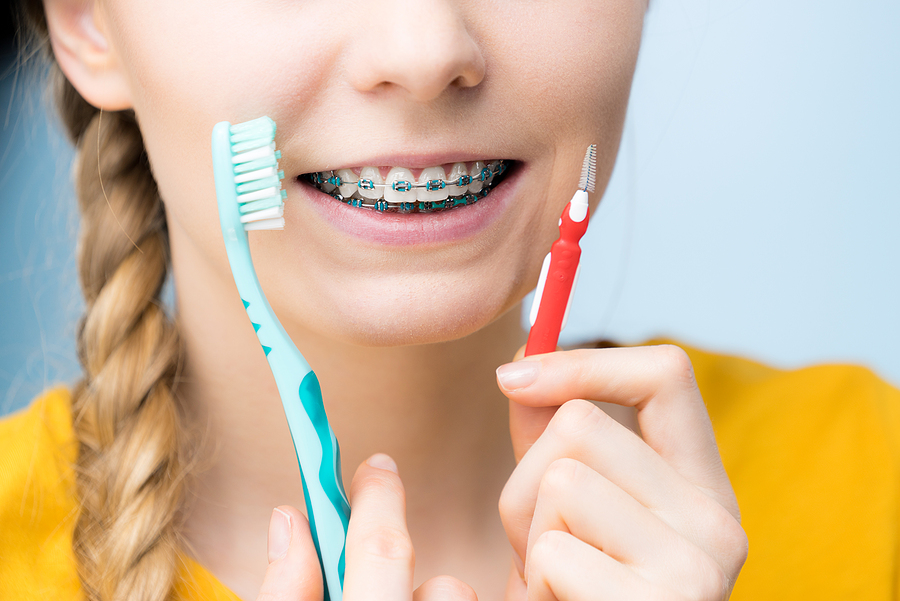
How to Brush Your Teeth with Braces
Maintaining good oral hygiene is crucial for everyone, but it becomes even more important when you're wearing braces. Braces are designed to straighten your teeth and improve your smile, but they also create additional spaces and surfaces that can trap food and plaque. Without proper care, plaque buildup around your braces can lead to tooth decay, gum disease, and even staining. To help you keep your teeth and braces clean, we’ve put together this comprehensive guide on how to brush your teeth with braces.
Why Proper Brushing is Important with Braces
Brushing your teeth with braces is vital for several reasons:
- Prevent Plaque Buildup: Braces have small crevices and wires that trap food and bacteria. If plaque is not removed regularly, it can harden into tartar, which can lead to cavities and gum disease.
- Avoid Tooth Staining: Plaque can cause white spots or stains around your braces, especially if it’s left on your teeth for too long.
- Maintain Gum Health: Brushing with braces ensures your gums stay healthy and free from inflammation, which can result from plaque and food buildup.
- Support Successful Treatment: If you neglect brushing, your orthodontic treatment may take longer, as plaque and tartar can prevent your teeth from moving into their proper positions.
At Alexander & Martin Orthodontics, we believe in educating our patients on the best practices for oral care to ensure that your braces treatment is as effective as possible.
Essential Tools for Brushing with Braces
Before we get into the specifics of brushing, let’s first take a look at the essential tools you’ll need to keep your teeth clean with braces:
- Orthodontic Toothbrush: You can use a regular toothbrush, but an orthodontic toothbrush is specially designed with bristles that can effectively clean around the brackets and wires. Some options even come with V-shaped bristles that make it easier to clean between the brackets and under the wire.
- Electric Toothbrush: If you prefer an electric toothbrush, make sure it has a small head for precision cleaning. Electric toothbrushes can help remove more plaque than manual brushes, which can be particularly helpful when you have braces.
- Fluoride Toothpaste: Always choose a fluoride toothpaste. Fluoride helps protect your teeth from cavities and strengthens enamel. It’s especially important when wearing braces to fight the increased risk of decay.
- Interdental Brushes or Soft Picks: These tiny brushes are designed to clean between your braces and the spaces between your teeth. They are great for reaching hard-to-clean areas and can remove debris and plaque effectively.
- Dental Floss: Flossing is still necessary with braces, but it’s more challenging. Special floss threaders or orthodontic floss are useful for threading floss between the wires and your teeth.
- Mouthwash: Antimicrobial mouthwash can help to reduce bacteria in your mouth and freshen your breath. It’s not a substitute for brushing, but it’s a great addition to your routine.
- Orthodontic Wax: If your braces cause irritation to your gums or the inside of your cheeks, orthodontic wax can be used to cover the brackets or wires temporarily. This doesn’t affect the cleaning process, but it can help keep you comfortable. Contact us to learn more.
Step-by-Step Guide to Brushing Your Teeth with Braces
Now that you have all the necessary tools, let’s dive into the steps of brushing your teeth with braces. Following these steps will ensure that your teeth stay clean and healthy during your orthodontic treatment.
Step 1: Rinse Your Mouth
Before you start brushing, rinse your mouth with water to loosen any food particles stuck to your braces. You can also use mouthwash for added freshness and to reduce bacteria. Swishing for 30 seconds can help prepare your mouth for cleaning.
Step 2: Position Your Toothbrush at a 45° Angle
Hold your toothbrush at a 45-degree angle to your gum line. This angle will help you clean both your teeth and the gum line effectively. The bristles should be able to reach both your teeth and the brackets at the same time. For the best results, you can start by brushing the outer surfaces of your teeth.
Step 3: Brush the Brackets and Wires
Start brushing gently but firmly in small circular motions. Focus on brushing the areas around your brackets and wires. Make sure to get in between each bracket and the wire, as food and plaque can easily accumulate in these spaces.
Be extra careful not to brush too hard, as it can damage the wire or brackets. Brushing too hard can also irritate your gums.
Step 4: Brush the Top and Bottom of Your Brackets
Brushing the top and bottom of your brackets is just as important as brushing the outer sides. Food and plaque tend to build up underneath the brackets, and if not cleaned properly, they can cause problems with tooth decay and gum health.
Make sure to carefully brush the bottom of the brackets on your top teeth and the top of the brackets on your bottom teeth. These areas often go neglected but are crucial to keeping your smile healthy.
Step 5: Brush the Chewing Surfaces
Don’t forget to brush the chewing surfaces of your teeth. Food particles can easily become lodged in these areas, so it’s important to brush them thoroughly. Use a gentle back-and-forth motion to clean the top surfaces of your molars and premolars, as these are the areas that take the brunt of chewing.
Step 6: Brush Your Gums
While you’re brushing your teeth, don’t forget to brush your gums. Gently massage your gums with your toothbrush to remove any plaque and bacteria that may be present. Healthy gums are essential for maintaining good oral health, so make sure to give them the attention they deserve.
Step 7: Clean Between Your Teeth
After brushing the surfaces of your teeth, it’s time to clean between them. You can use interdental brushes, orthodontic floss, or floss threaders to gently clean between the brackets and the spaces between your teeth. This step is critical because food and plaque often get trapped in these areas, which can lead to cavities or gum disease if left unchecked.
Be sure to floss at least once a day, preferably before bedtime, to ensure your teeth are completely free from debris.
Step 8: Rinse Again
Once you’ve brushed and flossed, rinse your mouth again with water or mouthwash to remove any leftover toothpaste and debris. Swishing for 30 seconds helps ensure that your mouth is clean and fresh.
Step 9: Check for Any Missed Spots
After brushing, take a moment to check your teeth in the mirror. Look for any food particles or plaque that may have been missed. If you notice any, take a few extra seconds to brush those areas more thoroughly.
Step 10: Regularly Visit Your Orthodontist
Even with diligent brushing, it’s important to regularly visit your orthodontist for check-ups. They can check for any issues with your braces, provide professional cleanings, and make sure your treatment is progressing as planned. At Alexander & Martin Orthodontics, we recommend visiting every 4-6 weeks for adjustments and progress checks.
Additional Tips for Brushing with Braces
- Be Patient: Brushing your teeth with braces can take longer than normal. Be patient, and don’t rush through the process. Aim for at least 3-5 minutes of brushing to ensure your teeth and braces are thoroughly cleaned.
- Avoid Hard or Sticky Foods: Certain foods like popcorn, nuts, and sticky candy can damage your braces or get stuck in them. Try to avoid these foods or take extra care to remove any stuck debris.
- Consider Using an Electric Toothbrush: An electric toothbrush can help you clean more effectively and reach areas that are difficult to reach with a manual toothbrush.
- Wear Your Rubber Bands as Directed: If your orthodontist has prescribed rubber bands to correct your bite, make sure to wear them as directed. These bands are essential for proper treatment, and not wearing them can slow down your progress.
- Stay Consistent: Consistency is key when it comes to brushing with braces. Make sure to brush after every meal, or at least twice a day, to keep your teeth and braces clean.
Conclusion
Brushing your teeth with braces may require a little extra effort, but it’s well worth it for the health of your teeth and gums. By following these steps and using the right tools, you can ensure that your orthodontic treatment progresses smoothly and that your teeth remain healthy and free from cavities and gum disease.
At Alexander & Martin Orthodontics, we’re here to support you throughout your braces journey. If you have any questions about brushing with braces or need advice on maintaining your oral hygiene during treatment, don’t hesitate to reach out to us. Our team is here to help you achieve the beautiful smile you’ve always wanted, and we’re committed to making the process as easy and comfortable as possible.
- MON - FRI9:00 am - 5:00 pm
- SAT - SUNClosed
- MON - FRI9:00 am - 5:00 pm
- SAT - SUNClosed
- MON - FRI9:00 am - 5:00 pm
- SAT - SUNClosed



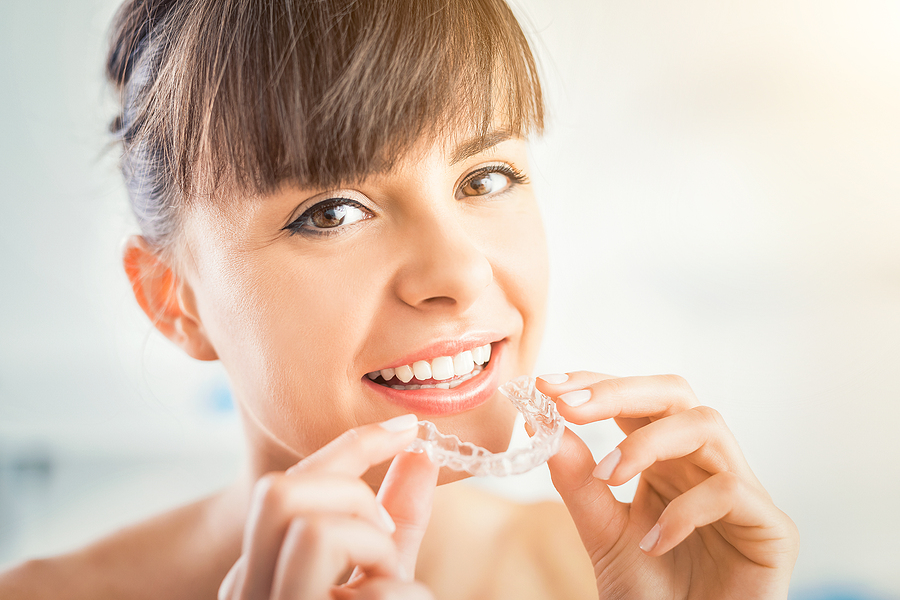
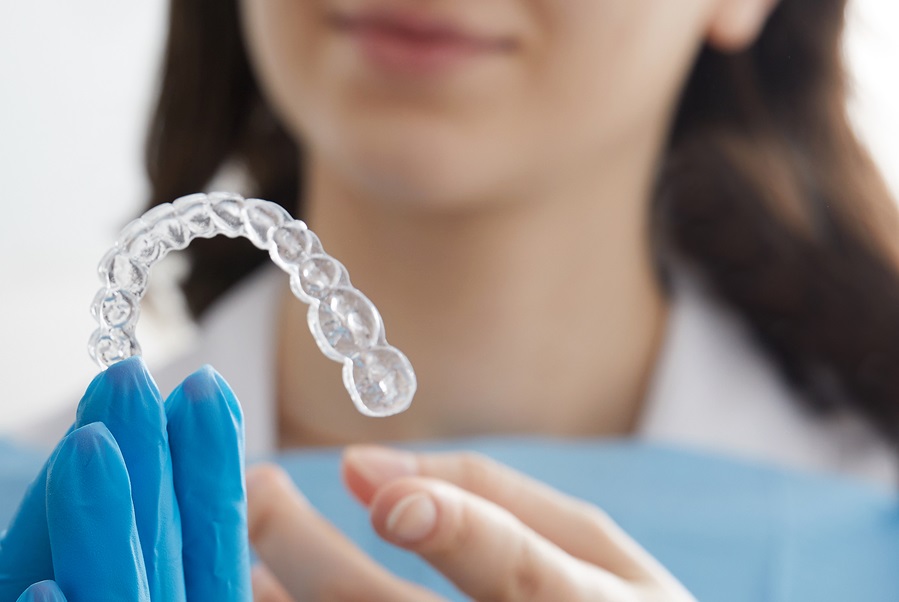
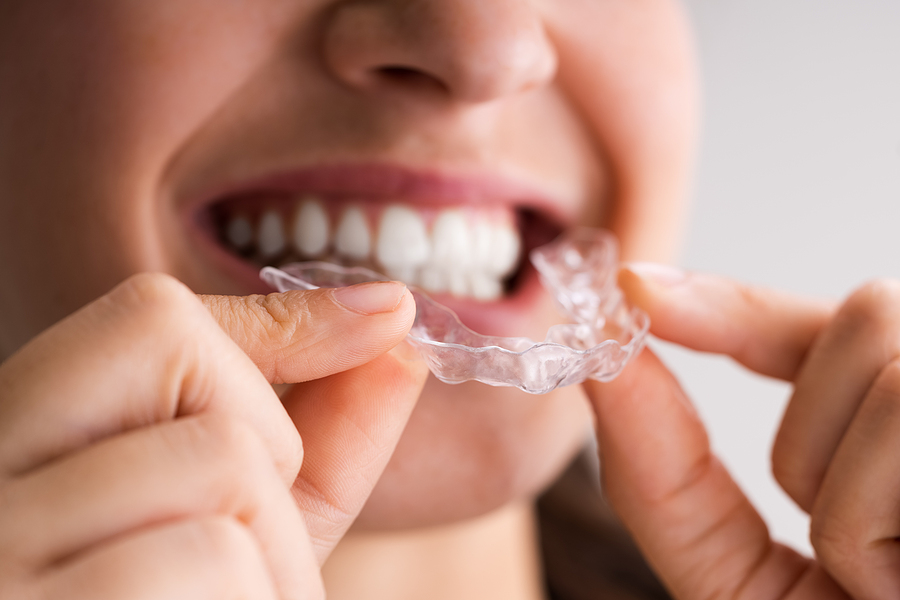
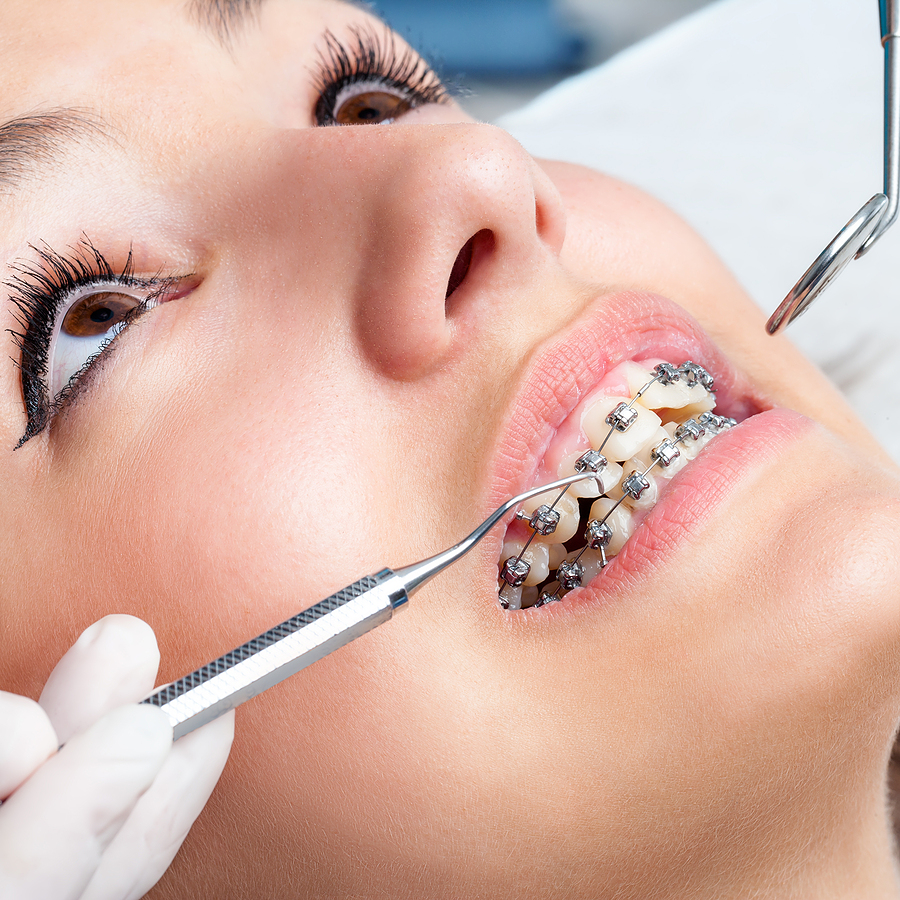
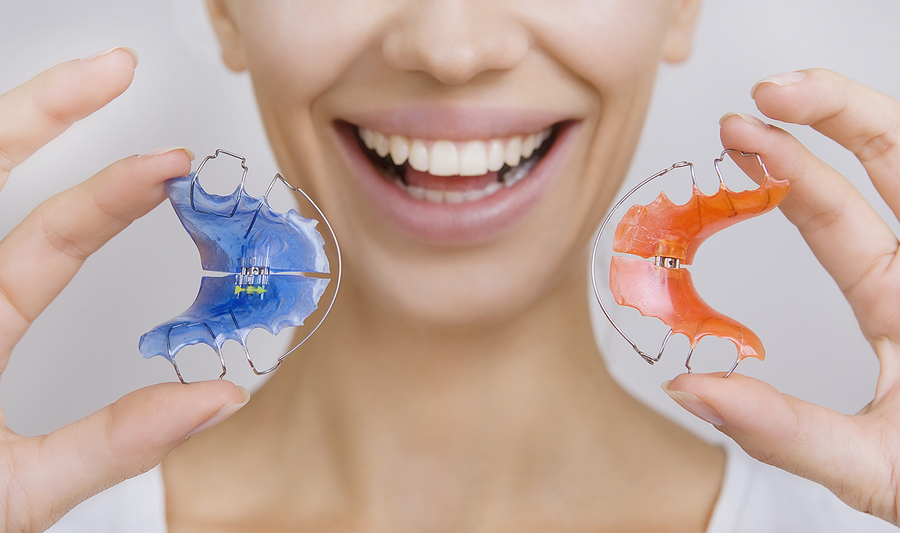


comments